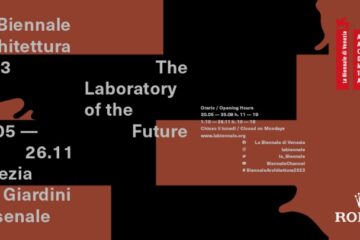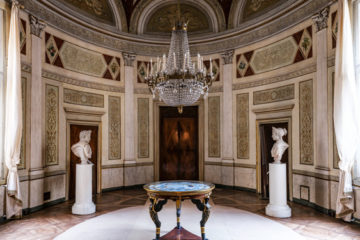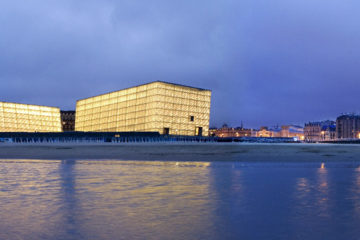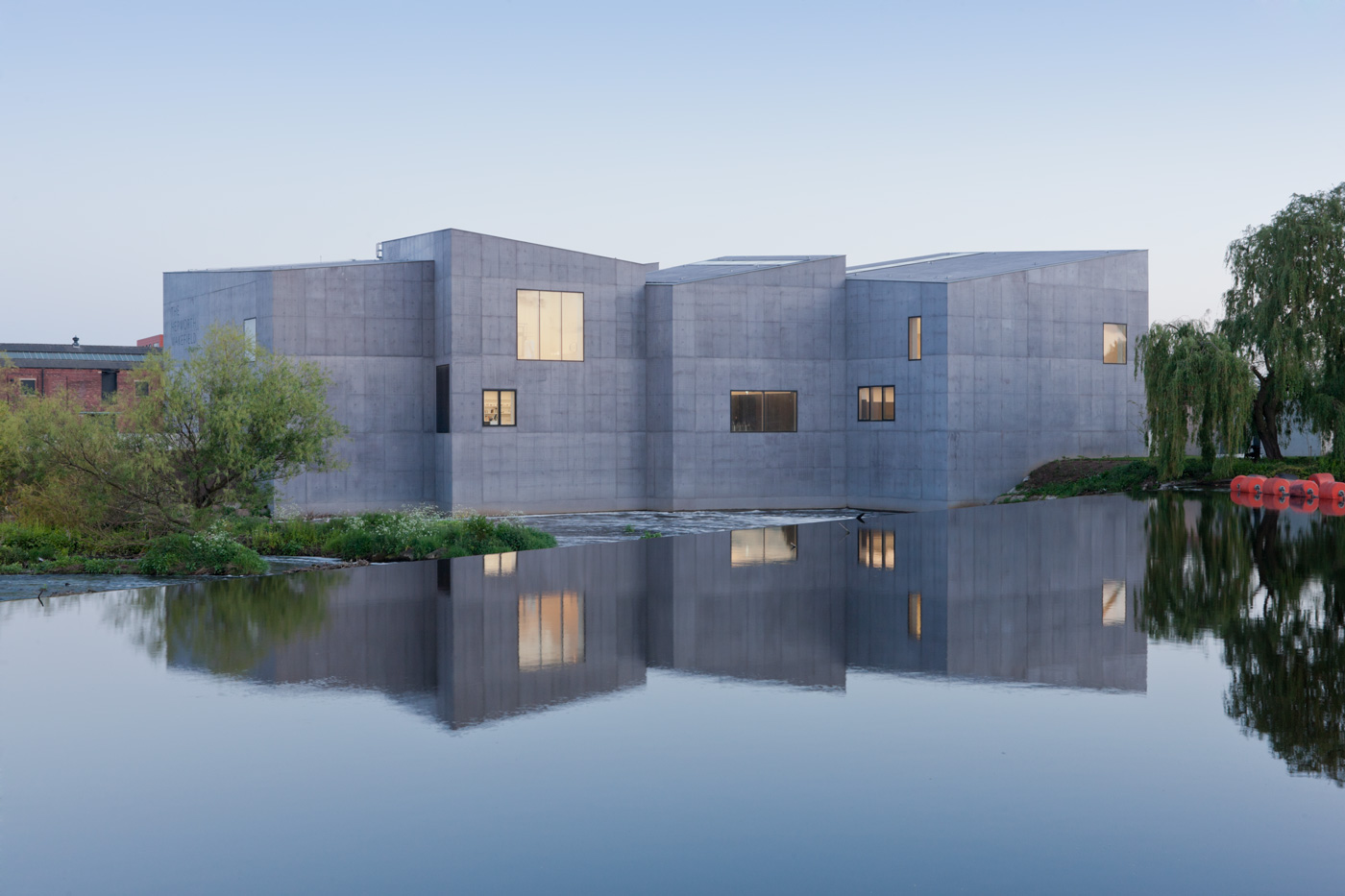
The Hepworth Wakefield by David Chipperfield Architects is named after the late English artist Barbara Hepworth, who was born in Wakefield in 1903. It is a purpose-built art gallery, located in the historic waterfront area on the banks of the River Calder south of Wakefield city centre.

At the tip of the headland, the site of the new building is exposed on all sides without being defined by either river or road. These particular conditions led to a building form without a dominant façade.
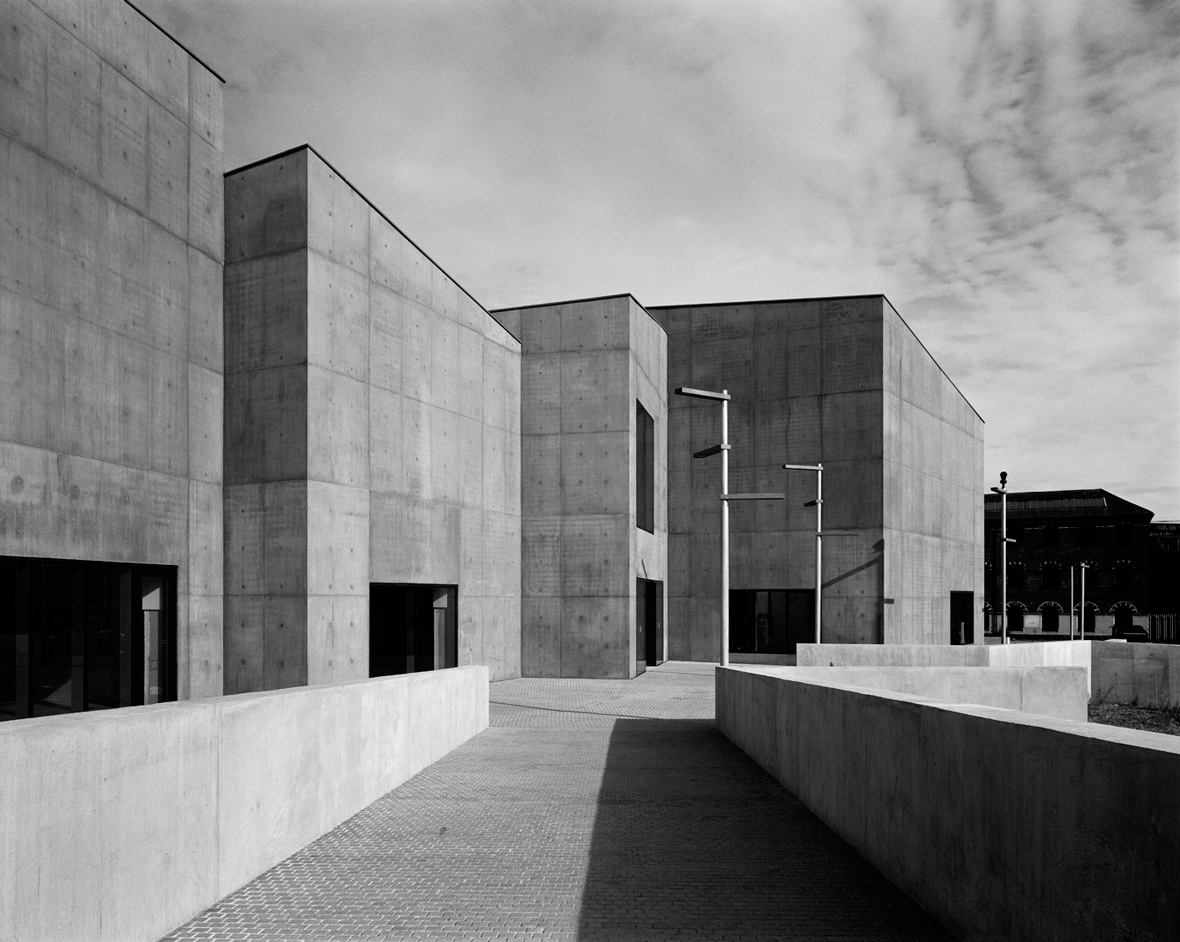
The almost geological composition is a conglomerate of diverse irregular forms tightly fitting with each other. This form was driven by the internal programme and organisation of the gallery. Each single volume represents and coincides with a single space, each unique in size and shape.
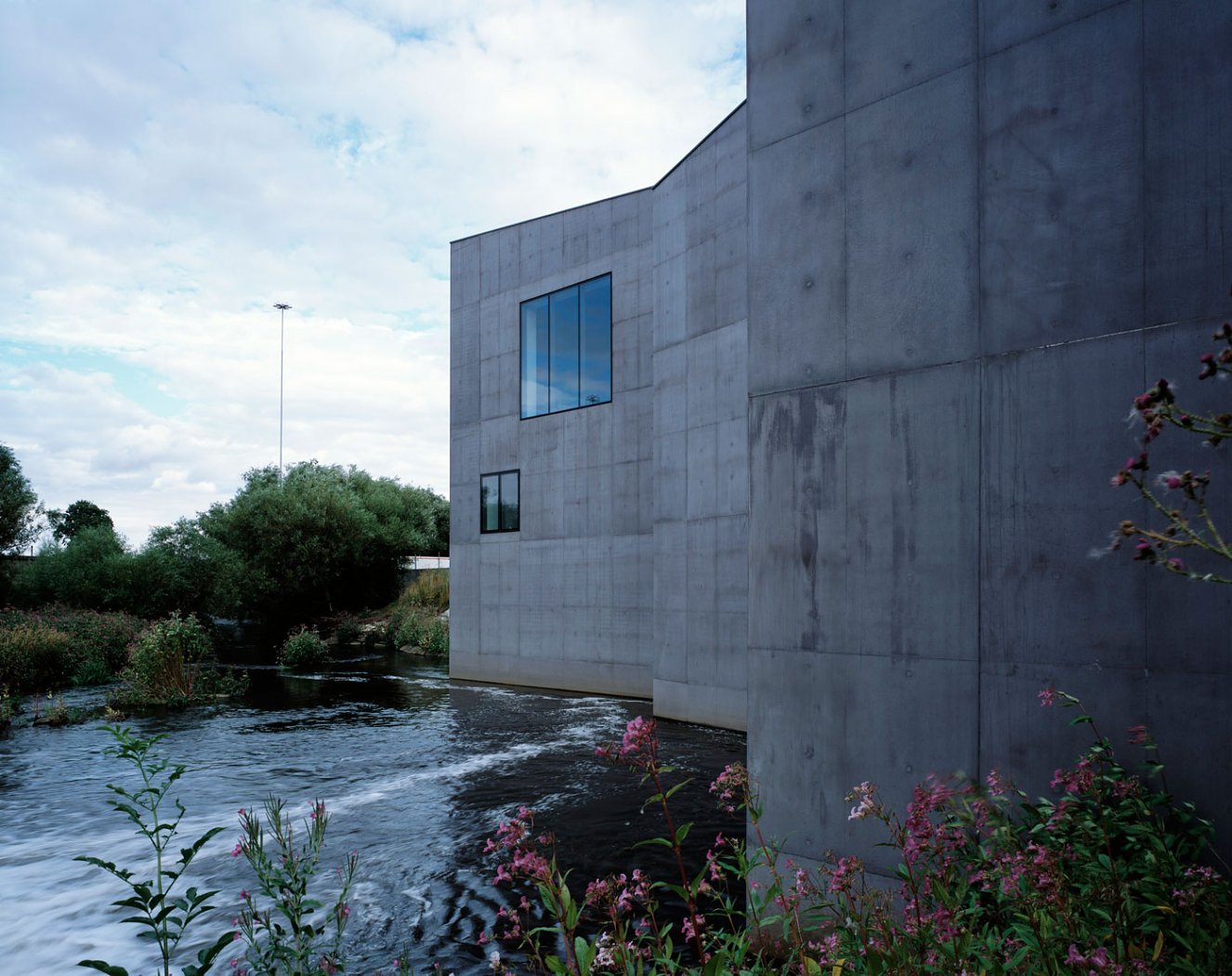
To the north, where the river level drops at the weir, the building steps into the water just as many of the old mills and warehouses do along the river. The monolithic appearance and composition is accentuated by the use of pigmented in-situ concrete.
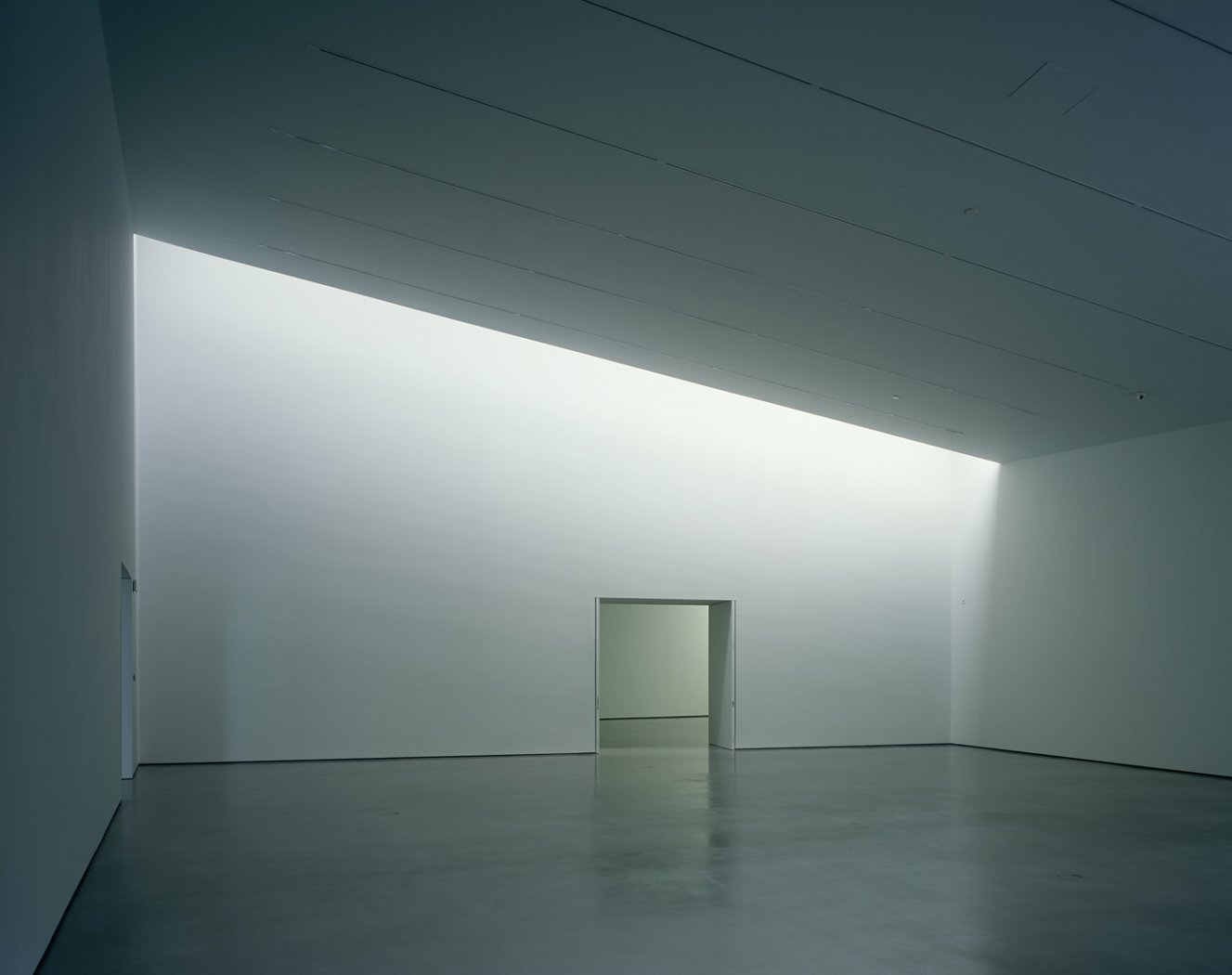
The programme is split horizontally between the ground and first floors, the latter exclusively used for exhibition space. The ground floor contains the reception, shop, cafeteria, auditorium and learning studios, as well as offices and back-of-house areas including the archive, storage and a loading bay. Open doorways link the gallery spaces into fluid and varied sequences, offering inviting glimpses of other works and the outside world.
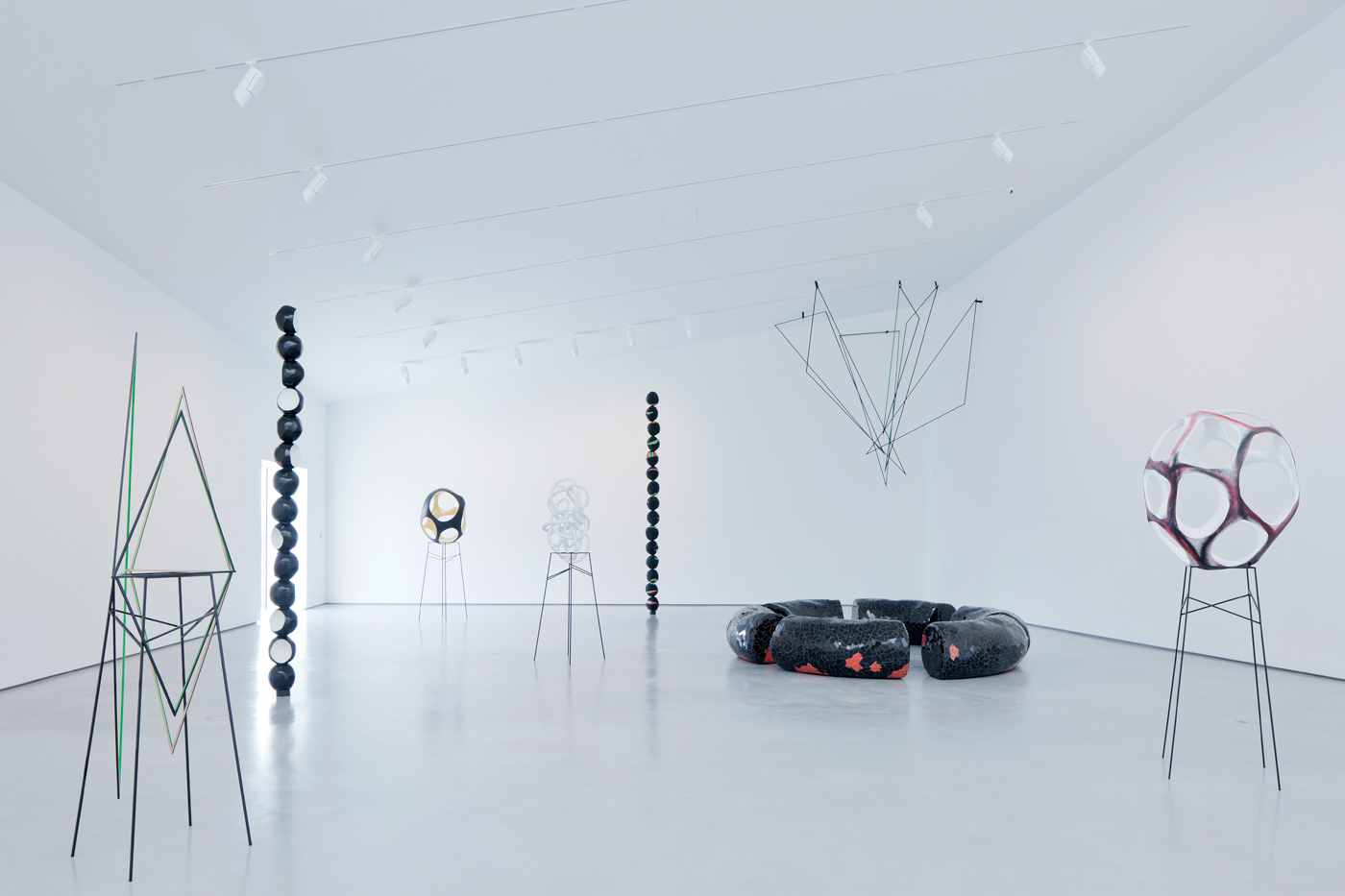
From inside the individual blocks, the outer morphology can be clearly seen in ceilings that slope parallel to the outer roofs, and rooms in which no two surfaces lie parallel to one another. Walls meet at diverse angles, and the variations in size and ceiling pitch give each room a unique atmosphere.
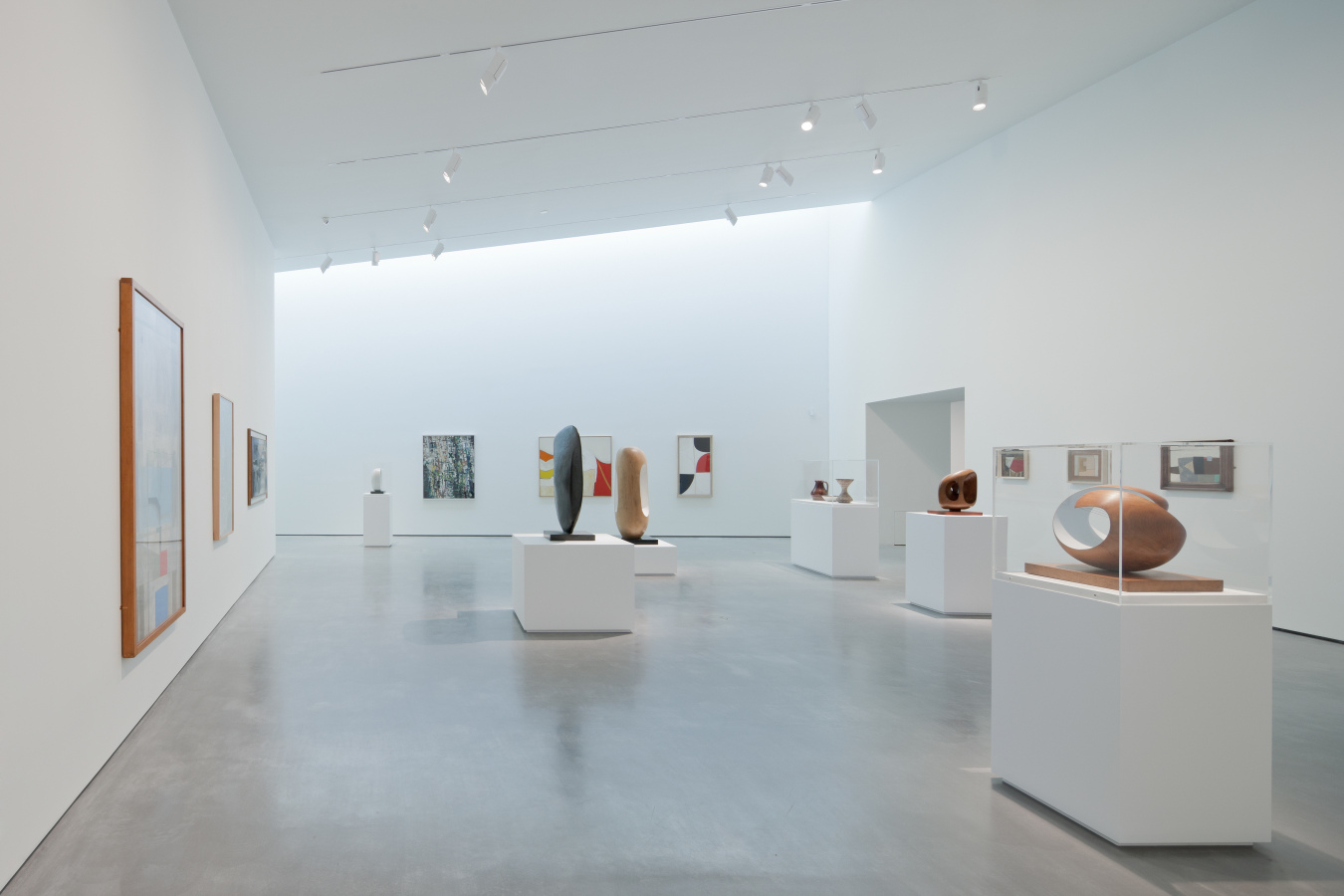
Daylight enters the galleries through carefully placed incisions in the blocks. The main source in each gallery is a light slot running the full width of the ceiling at the highest end of the space. The varying angles of each block’s ceiling have been calculated to admit and diffuse light in the best possible way, complementing the artificial lighting system.
Images courtesy of David Chipperfield Architects
Discover: www.davidchipperfield.co.uk
